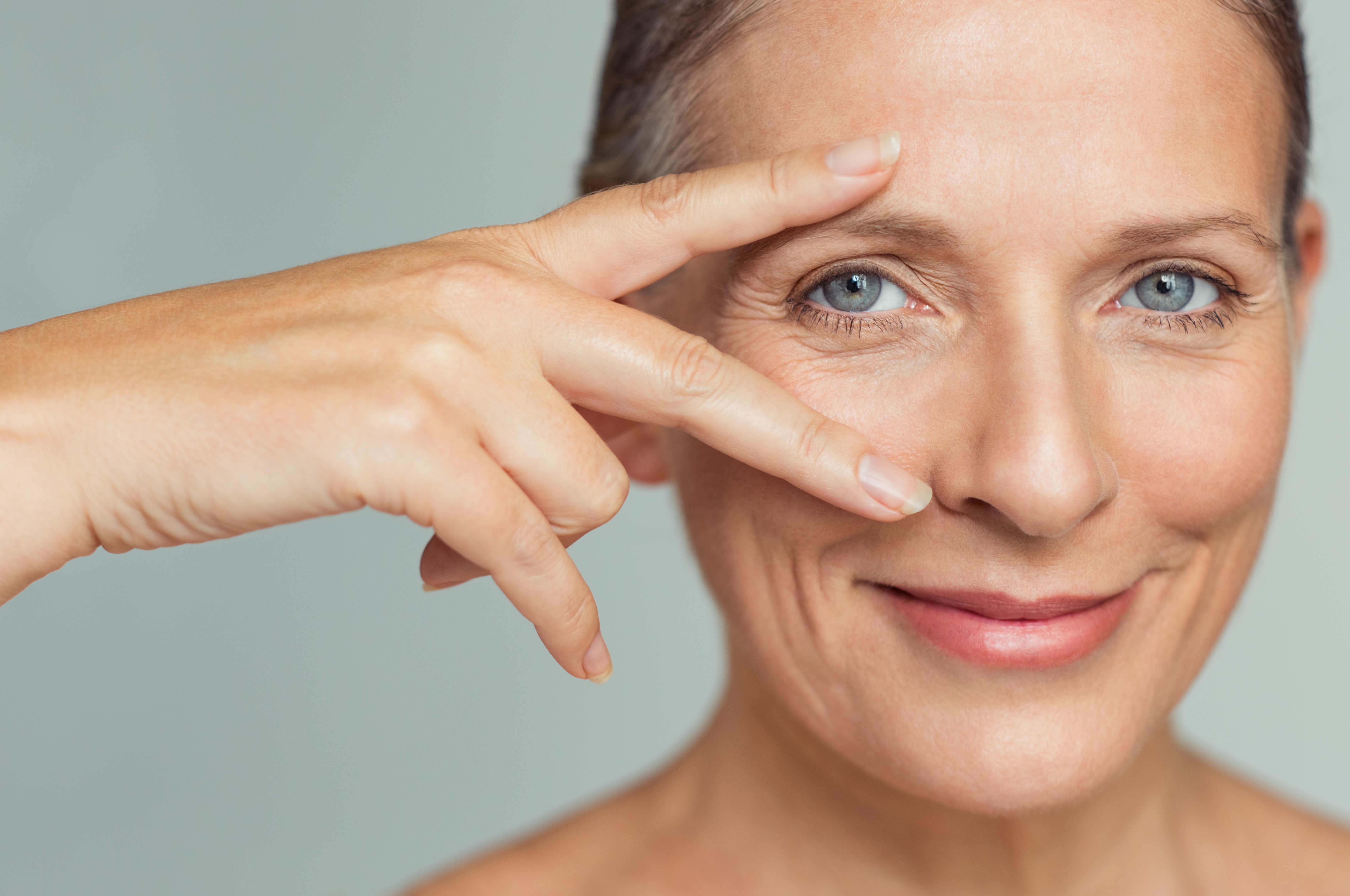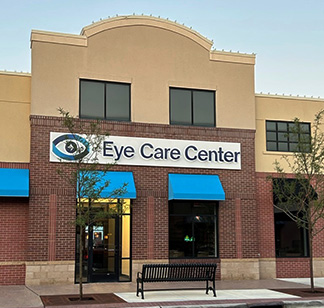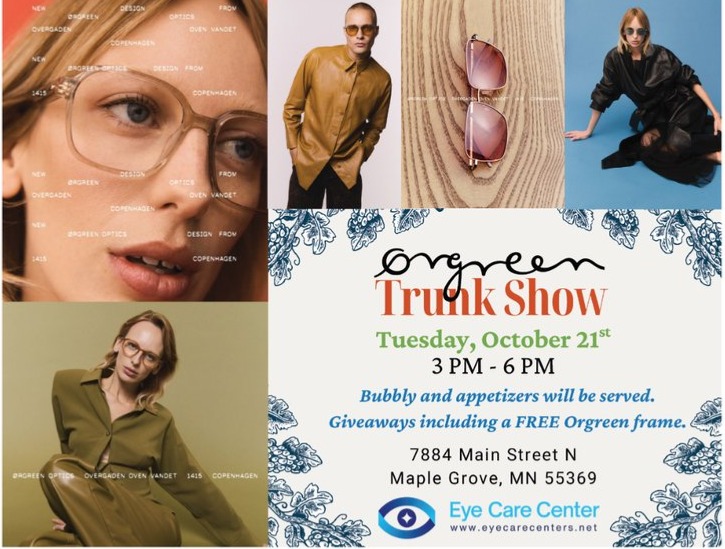
Our eyes do change as we grow. When we are young, they grow in size during the first two years of life. There is another growth spurt when we reach puberty. They are usually fully developed when we get to our 20s. Their first size is usually 16.5 millimeters, growing to about 24 millimeters wide in diameter.
If we get myopia during the young years, the eye’s shape will change to take on a more elongated form. It is probably the only growth change that happens outside of natural growth. As we age, the eyes do not grow but change in performance ability. These changes in performance ability usually begin to show when we get to our 40s.
Here are some ways that our eyes change as we age.
Changes in Function
Presbyopia or FarsightednessWhen you get to your forties, the lenses of your eyes are less flexible than they used to be. The loss of lens flexibility makes focusing on near objects very difficult. You will start to notice that you are struggling to read or use the computer. You may have to hold the book or paper farther away to see it more clearly. If you have glasses to see far away, you may need to take them off to see something close.
Presbyopia is the most common eye condition in people between 41 and 60. You can get reading glasses or bifocal lenses to help you.
Changes in Light
Aging causes the eye’s lens to become dense, reducing the light getting to the back of the eye. It can make seeing in dim light difficult. You will most likely notice this when you try to read in a poorly-lit room. When you reach your 60s, you may need three times more light than a 20-year-old.
In your 60s, it will get worse as your pupils get smaller and the muscles that control them weaken. It will make adjusting from low light to brightly lit conditions difficult. When you go out, things will look dazzled or dimmer at night.
Floaters, Color Changes, and Depth Perception
As you age, you will begin to see more floaters or floating black spots in your eyes. However, these will not hinder your sight. Colors will look less bright and have a lot less contrast than before. You will also battle with depth perception.
Eye Conditions That May Develop
- Cataracts
Cataracts happen when the eye’s lens becomes cloudy because of the accumulation of proteins on the surface. You start having clouded vision; if untreated, you may temporarily lose eyesight. Cataracts usually begin to develop at around 40. You can get cataract surgery and have your lens replaced with an artificial one.
- Ptosis
You may also develop ptosis as you age. Ptosis is the condition where one or both upper eyelids start to droop. The severity of the droop will determine whether your vision is affected. If the drooping is too intense, it may block your pupil, hindering vision. Other times, it is so slight that it is barely noticeable.
For more on how eyes change as we age, visit Eye Care Center at our office in Fridley, Maplewood, or Maple Grove, Minnesota. Call (763) 308-8440, (651) 777-3555, or (763) 420-6981 to book an appointment today.

















